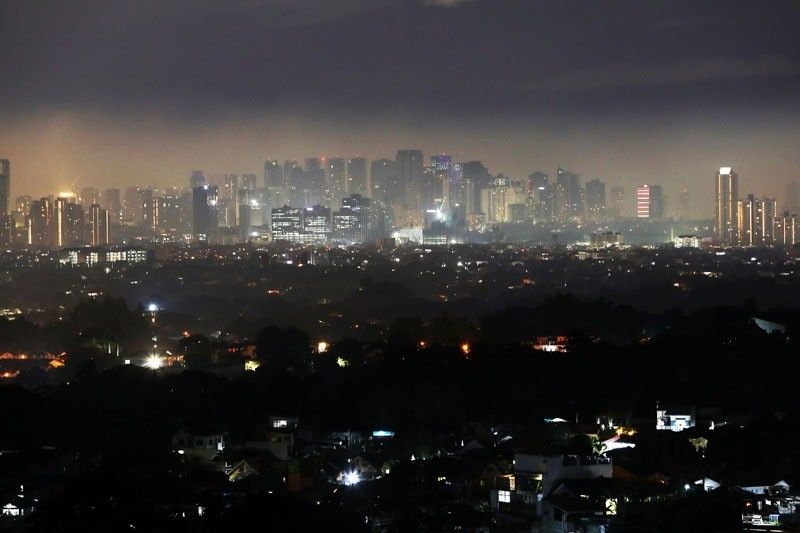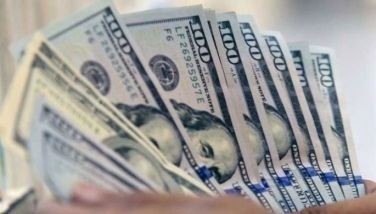Government debt crosses P12-T mark for the first time in January

MANILA, Philippines — The national government's debt pile breached the P12-trillion mark for the first time in January, continuing its ascent beyond manageable levels and likely putting more strain on the government's spending efforts as it moves to sustain a nascent economic recovery.
Data from the Bureau of Treasury showed the government was P12.03 trillion in debt in January, up 2.6% month-on-month. Of the total debt stock, 30.4% was sourced externally while 69.6% were domestic borrowings.
The latest figure means the government continued to cross the line that global debt watchers warned about. At the end of 2021, state liabilities already accounted for 60.5% of the country’s gross domestic product, the highest ratio since 2005 and breaching the 60% threshold deemed manageable for developing economies.
It’s the coronavirus pandemic, and the economic meltdown that followed, that triggered the dizzying rise in government borrowing — and obligations are only projected pile up this year. Figures from the Budget department showed the Duterte administration is planning to borrow P3 trillion in 2022 to bridge its budget deficit, which would put the debt load at P13.4 trillion by the end of the year.
That said, Michael Ricafort, lead economist for Rizal Commercial Banking Corp., believes there is an urgent need to improve state revenues to tame the rise in debts, which would be up to the next president to do.
"Structurally, more fiscal reform measures that improve the government's recurring tax and other revenue collections in the coming years would help improve the country's fiscal/debt management performance in a more sustainable manner," Ricafort added.
Broken down, domestic borrowings, amounted to P8.3 trillion in January, 2.4% higher than end-December levels. This figure included the P300-billion loan from the Bangko Sentral ng Pilipinas for the national government's "budgetary support."
External debt, which increased 2.9% month-on-month to P10.3.74 trillion, ballooned due in part to the weakening of the peso against the greenback.
"The government needs to spend to stimulate growth and recovery. Because of this, debt will inevitably settle at a higher level," Zy-za Suzara, executive director of the Institute for Leadership, Empowerment, and Democracy (iLEAD), a policy think tank, said.
"However, it is critical to spend on expenditures that will support workers and small businesses. Higher debt won’t necessarily curtail spending on social welfare programs if the national budget was designed to support such programs," Suzara added.
- Latest
- Trending

























